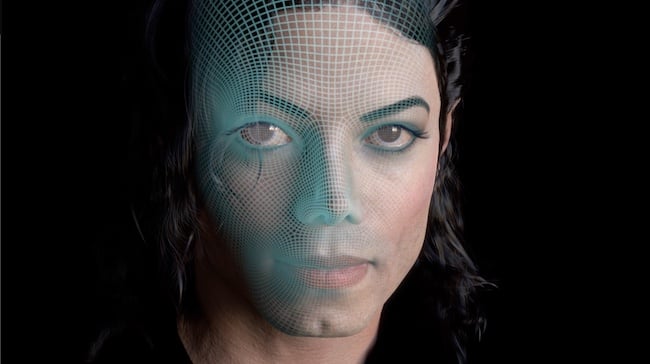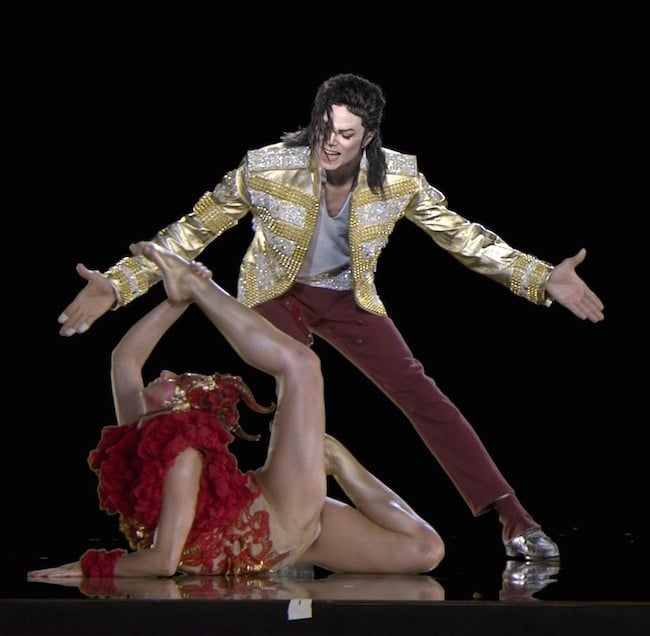

If you’re using any web-conferencing technology, your face is now a digital asset up for grabs. Famously protective pop artist Prince called the holography of dead stars ‘demonic’ but that hasn’t stopped the rise of celebrity avatars nor the seemingly inevitable day when all our online interactions will be made with some digital version of ourselves.
Arguably, that day is already here. With more and more of us Skyping, Facetiming, Zooming or otherwise House-partying with each other, our faces are now digitised, scanned, tracked and ripe for monetisation.
It’s where Facebook has been headed all along and it was the major business rationale behind the billion-dollar purchase of VR tech Oculus. Zuckerberg saw the future of social networking as real-time face-to-face and net-connected.
Facebook may have the numbers — around 2.5 billion of us worldwide — but has perhaps taken its eye off a user’s personal data protection.
That’s where Facebank (see what it did there) steps in. New York-based Facebank’s stated mission is to educate consumers to realise that their faces are personal digital assets and, like any other asset, should be protected, managed and delivered for serious applications and for fun at their discretion, by a bank.

Would you put your face into a bank?
A virtual bank... For faces
Facebank, which changed its name from Pulse Evolution Group last year, says it wants to become “the world’s first virtual bank dedicated to the storage, protection, distribution and opt-in enjoyment of the world’s faces.”
It is doing so by targeting celebrities first and using the profile of live stage holography projects like Virtual ABBA (yet to debut) to raise profile.
Founder and CEO is John Textor, a computer programmer turned multimillionaire entrepreneur and widely credited (at least on the company website) as the pioneer of the new Holographic Entertainment industry.
He claims responsibility for the 2012 appearance of Virtual Tupac Shakur at the Coachella Valley Music Festival and the performance of Virtual Michael Jackson at the 2014 Billboard Music Awards, both projects completed while he was in charge of A-league Hollywood post production house Digital Domain.
Under his tenure, Digital Domain won the 2009 Academy Awards for arguably the first example of a ‘believable’ digital human actor in The Curious Case of Benjamin Button.
He left the company to form Pulse in 2013 with a group of former Digital Domain digital artists and human animation specialists.
He’s even achieved cult status when he and company partner Frank Patterson were parodied by South Park [South Park #Rehash in season 18], as they enlist the ‘Tupac Hologram’ to track down the ‘Michael Jackson Hologram’ who has escaped.
Textor’s ambition is astonishing. He believes that digital humans will be ubiquitous in society, culture and industry” and that his company will become a dominant leader in “a sizable and lucrative” digital human industry that is, so far, largely unrecognised as an industry.

Michael Jackson performing virtually - Image: Facebank
fuboTV merger
A step in this direction is the recent merger with North American internet streaming service fuboTV which currently touts “more top Nielsen-ranked sports, news and entertainment channels for cord-cutters than any other live platform”.
In marketing speak, it “plans to offer a premium viewing experience across a global distribution network”, which unpicked means fuboTV will use its contracts and relationships with content creators, sports stars, actors and other personalities to ‘bank’ them as digital avatars and perhaps develop original content featuring their new digital personas.
This isn’t speculation. “Our current business plan is to generate revenues from our digital human representations of some of the world’s best-known living and late celebrities,” PEG explains.
A clue is in the deal Facebank has cut with boxer Floyd Mayweather. Dubbed the Future of Fight Entertainment, the concept is to create realistic simulations of re-imagined boxing face-offs.
“If you thought Mayweather vs. Conor McGregor was a massive global pay per view event, then how about Mayweather vs. Bruce Lee?”
Textor expects that digital humans will not only perform for audiences on stage and in film, but they will also represent individual consumers as digital likeness avatars in realistic and fantasy form, “appearing and interacting on the consumer’s behalf in electronic and mobile communication, social media, video game, VR and AR”.
Fully functional faces
Another division of Facebank, EvolutionAI, is developing a library of ‘fully functional’ human faces, and human characters to enable people to communicate with artificial intelligence platforms, such as IBM’s Watson or Facebook’s Jasper, “just as they would expect to communicate with another human being”.
This is the idea that our interface with the whole worldwide web will evolve from 2D text into spatial computing populated by hyper-realistic digital humans – or animated characters of any kind (see Ready Player One for details).
It is not the only company staking out this territory. R&D giant InterDigital also envisions a future in which we will all communicate with each other online via CG avatars.
"We will have a digital double of ourselves interacting in society, but there is no standard and there needs to be," said Gaël Seydoux, Director, Immersive Lab, InterDigital R&I. "We are preparing the groundwork."
Data authenticity
One of the things that makes a person distinguishable from another is the timing and rhythms of any physical movement. This includes the speed at which a person blinks, the intricate sequence of facial movements that occur when we emote. InterDigital is training its algorithms on such large data sets of human facial expression.
Data privacy is a concern. "Blockchain could be embedded in the process to ensure data authentication and security," said Seydoux.
Textor expects to do more than just put a face on ‘AI.’
“We intend to build your most knowledgeable teacher, your most trusted advisor and in a digital world that reveals more possibilities each day, maybe even your best friend.”
The question is: would you trust them?
Tags: Technology


Comments